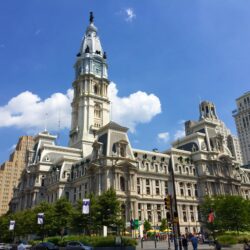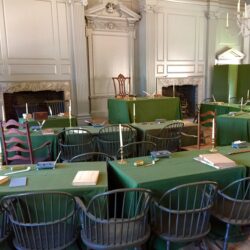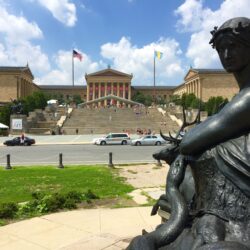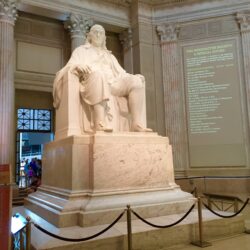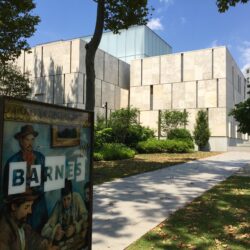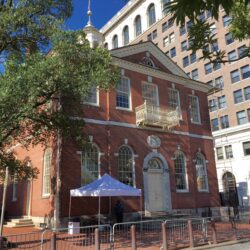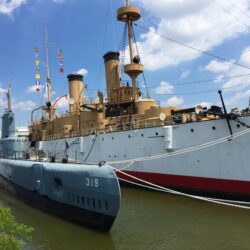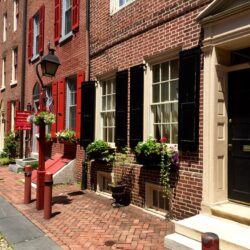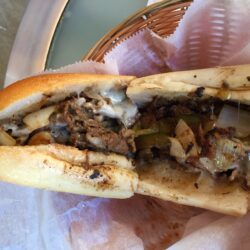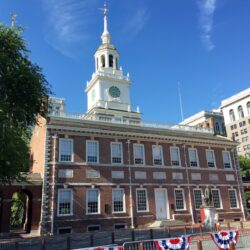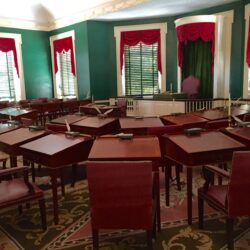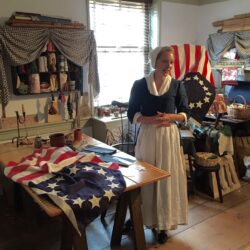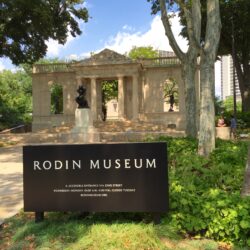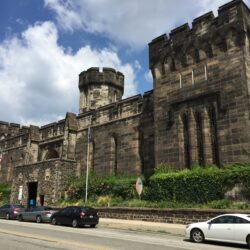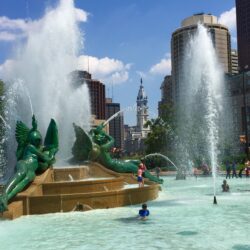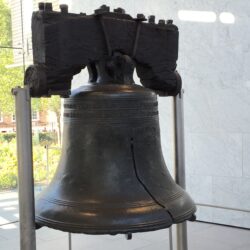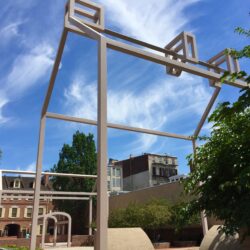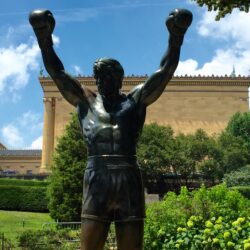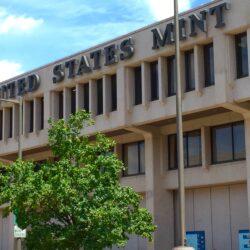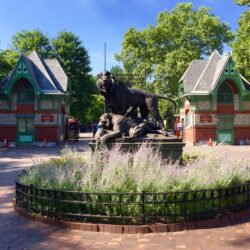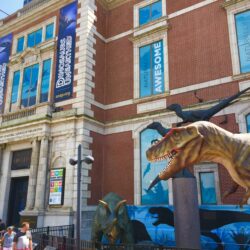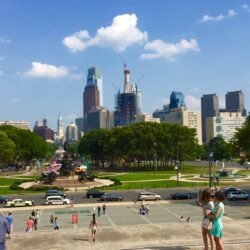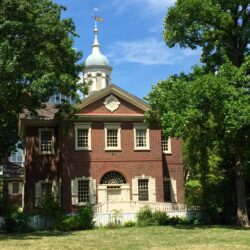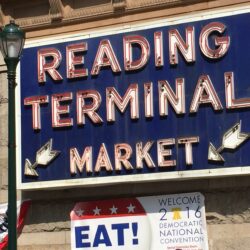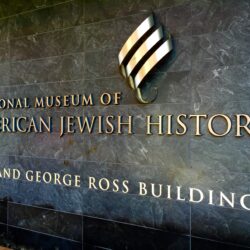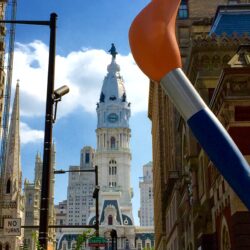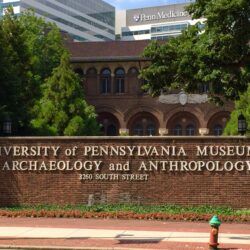A screenwriting class that gives sightseeing advice for Philadelphia too? Yes!
.
Some Selected Philadelphia Tourism Suggestions and Tips
Birthplace and Cradle of the American Revolution, The Nation, and Liberty – Philadelphia or Boston?
Philadelphia and Boston are locked in a battle for the title and status of the best place to visit to see significant historical sites related to American independence and democracy. It’s kind of a dead heat, and public relations entities in both places use the some of the same buzz words and slogans. Truth is, both cities ARE early American history.
On the national birthplace front, Philadelphia boasts quite a few marquee attractions:
Independence Hall – A UNESCO World Heritage Site and the location of debates about and signing of the Declaration of Independence and U.S. Constitution. Though, due to structural problems, redesigns, and expansions, some of the building is not original, it’s still a great American and Pennsylvanian symbol and has inspired many look-alikes. Timed entry tickets are available, and those should be purchased in advance.
Liberty Bell – Perhaps the greatest example of an imperfection (or a series of imperfect actions) adding to a thing’s overall value, the Liberty Bell, as re-named that by abolitionists not revolutionists, sits across Chestnut street from Independence Hall in its own partially glass pavilion and history center. Despite its technical shortcomings, the bell served as inspiration for both the oldest democracy on the planet and (perhaps in part) one the best Grateful Dead songs.
Congress Hall – This served as the U.S. capitol building for nine and a half years at the end of the 18th Century. It’s literally next door to Independence Hall on Chestnut Street, on the right if you’re standing in Independence Mall, a prominent, grassy park that touches many of the main Philadelphia historical sites (and includes the official Independence National Historic Park Visitors Center roughly in its middle). The Senate chamber on the second floor of Congress Hall is particularly nice; the House chamber on the first floor is surprisingly large.
The National Constitution Center – At the other end of Independence Mall from Independence Hall stands this educational center about the history of the Constitution and its ideals. The Center “suffers” a little from being relatively new (so it doesn’t have the historical artifacts that older museums would have), but it makes an appropriate and nice addition to this historic section of Philadelphia. Signers’ Hall, featuring statues of the signers of the Constitution, is interesting and makes for good picture-taking.
The Declaration (Graff) House – This is a partial reproduction of the house where Thomas Jefferson wrote the Declaration of Independence, built on the spot where it actually happened. Only a block west of Independence Mall.
Carpenters’ Hall – This historic structure is about a block and a half southeast of Independence Mall. The First Continental Congress met here for a brief period, and the building is still used as a union hall today. The grounds of both Carpenters’ Hall and the block in between the Hall and the plaza on the back side of Independence Hall are history-filled and make a nice walk.
239 Arch Street (Betsy Ross House) – This historic house is 2-3 blocks away from Independence Mall and is the supposed site of Betsy Ross’ legendary sewing of the first American flag. Both traditions make for good patriotism and heritage respect, but both are perhaps stretched stories. The house itself is a worthwhile historical Philadelphia tourist stop, though.
Franklin Court and the Benjamin Franklin museum – A block and a half from Independence Mall, this courtyard, which you have to walk around/through other buildings to find, contains a steel outline structure of Benjamin Franklin’s house and a museum to the “First American” Founding Father, scientist, and inventor.
Christ Church burial ground – Just east of Independence Mall (and, confusingly, not at Christ Church, which is deeper in the Old City neighborhood). Benjamin Franklin is buried here, as are four other signers of the signers of the Declaration of Independence: Benjamin Rush, Francis Hopkinson, Joseph Hewes, and George Ross (the uncle of Betsy Ross’ husband). If you visit after hours, the gravesite of Benjamin Franklin is very visible through a fence cut into the brick wall of the burial grounds. That spot is at the corner of the burial ground that’s right across from both the U.S. Mint and the National Constitution Center grounds.
Other historical, cultural, and quintessential Philadelphia attractions include the:
- Renowned Franklin Institute science museum
- Philadelphia Museum of Art and its ROCKY steps and statue (at the bottom of the steps now, to the right) – The museum is top-notch and contains one of the most eye-pleasing of Van Gogh’s sunflowers series (third version) and one of the most colorful Monet Japanese Footbridges.
- Rodin Museum
- Academy of Natural Sciences museum (right next to the Swann Memorial fountain on Benjamin Franklin Parkway and near the Franklin Institute)
- Barnes Foundation collection of impressionist paintings (also on Benjamin Franklin Parkway, next to the Rodin Museum and near the Franklin Institute)
- Elfreth’s Alley – Billed as America’s oldest residential neighborhood; some of the houses on this narrow street date back to early and mid-18th
- Reading Terminal Market
- Edgar Allen Poe house
- Independence Seaport Museum – Includes the Spanish–American War-era cruiser U.S.S. Olympia and the World War II submarine, the Becuna.
- National Museum of American Jewish History, which borders Independence Mall on the eastern side of the Mall
- UPenn Museum of Archeology and Anthropology
- Robert Indiana’s LOVE sculpture in JFK Park (a popular picture-taking spot)
- Eastern State Penitentiary museum – Wagon wheel design; held Willie Sutton and Al Capone, the latter in a “luxury” cell still on display today.
- Philadelphia U.S. Mint – One of two U.S. Mints where tours are available; the building is right next to the National Constitution Center and the Christ Church burial ground.
- Philadelphia Zoo
- Pennsylvania Academy of Fine Arts Museum

